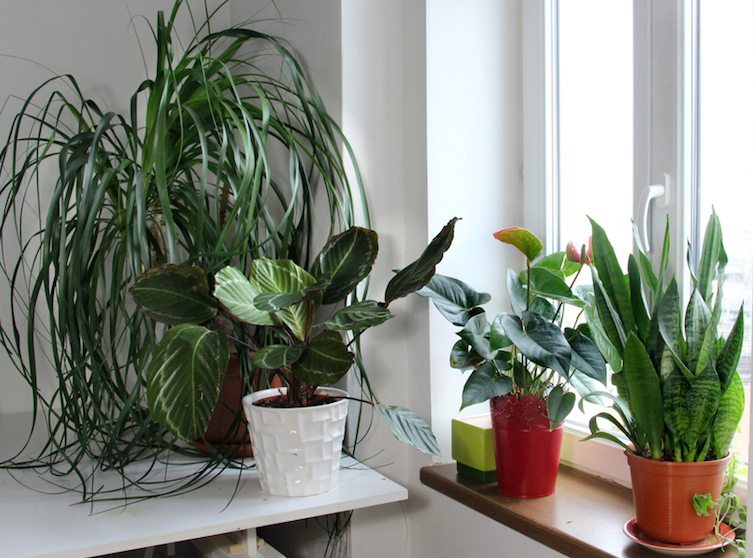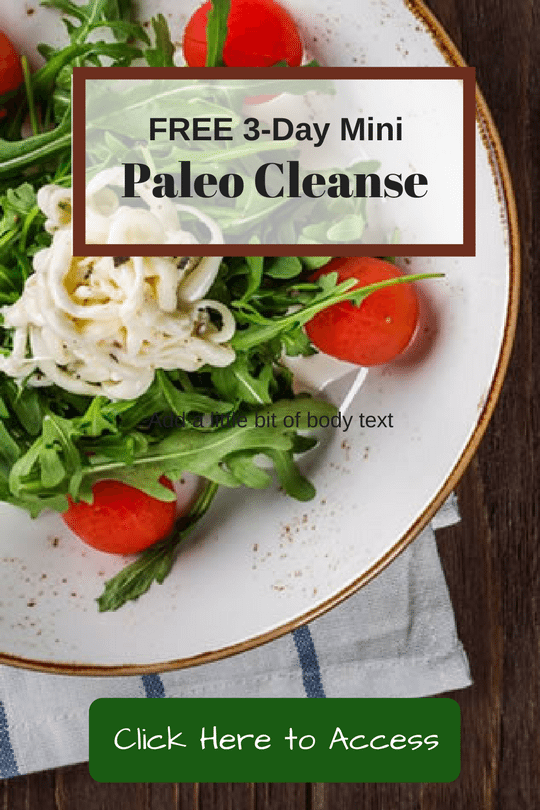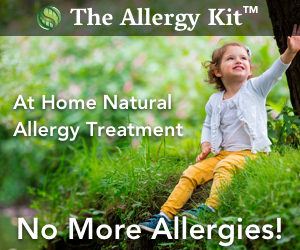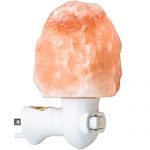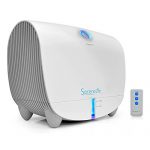Many of us are concerned about the pollution in the cities we live or work in. After all, who hasn’t had the experience of getting a face-full of fumes from a big truck and worrying what those fumes were doing inside our lungs? Or noticing the smog hanging low over your home city? Perhaps you’ve seen those alerts about air quality being low and wondered if you should stay indoors all day? Well, indoor air may not be that much safer.
The Dangers of Indoor Air
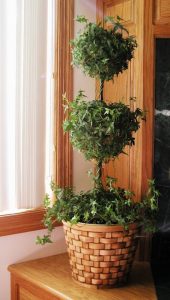
English Ivy Topiary
It turns out that we should also be concerned about the indoor air quality inside our homes and offices instead. Indoor air is much more concentrated than outdoor air, and it tends to be more stagnant because of a lack of ventilation. So even though you may not have to worry about fumes from a semi truck inside your home, the chemicals your new carpet was treated with at the factory are just sitting in your living room for weeks.
There are lots of pollutants inside most of our homes. Secondhand smoke is an obvious one, but you may be harboring several that you never considered. For example, many homes and other buildings are made of harmful building materials like asbestos, formaldehyde, and lead. New carpets and furniture can ‘off-gas’ toxic chemicals for quite a while. Depending on what part of the country you live in, indoor air in your home may have a higher risk of dangerous gases like carbon monoxide and radon. Even innocent things like certain cleaners and soaps are considered toxins and pollutants.
Fortunately, there is an easy solution for these concerns. If you’re getting ready to research top-of-the-line air filters, you might want to read a little farther first, because the best solution isn’t something you plug in. It’s actually plants.
How Houseplants Can Help Indoor Air Quality
Plants are incredibly effective air purifiers, which is good news since they are also inexpensive and attractive to look at. In fact, they’re so effective at purifying indoor air that NASA has done experiments and recommended them as good quality air filters. Specifically, NASA recommends 15 to 18 small houseplants (6 to 8 inch diameter pots) for an 1800 square foot house. And while all plants convert carbon dioxide to oxygen, some plants are better than others at cleaning the air of particular chemicals and toxins.
How to Keep Your Houseplants Happy
 If you’re thinking of growing potted plants, it’s important to find a pot that will drain. If you choose a pot with no drainage in the bottom (like many decorative pots), the water that you put in the pot will stay in the bottom and cause soil rot.
If you’re thinking of growing potted plants, it’s important to find a pot that will drain. If you choose a pot with no drainage in the bottom (like many decorative pots), the water that you put in the pot will stay in the bottom and cause soil rot.
The best recommendation for keeping your houseplants happy is to know your plants. All plants thrive in different environments. Be sure to read a bit about the needs of your specific plant. To get you started, we’re including a few care tips for our 8 top plants.
Spider Plants
Spider plants can clean formaldehyde, xylene, and toluene from your air. They are also relatively easy to care for. They thrive in well-drained soil, so make sure soil is dry to the touch before you water them, then make sure that the drained water is removed promptly. They also do best in bright, indirect light. Once your plant has grown a bit, you will find it produces small “spiderettes,” miniature versions of the mother plant. Trim the spiderettes and plant them in a new pot to grow another plant.
Snake Plant
It’s best to keep your snake plant in your bedroom, as it does most of its filtering at night. It can clean out formaldehyde, trichloroethylene, xylene, toluene, and benzene from indoor air. This is another hardy plant that still looks fresh and healthy after a few weeks of neglect. They’re easy to grow from cuttings as well. Put them in indirect sunlight and let them dry out well between watering.
Heart-Leafed Philodendron
Philodendrons are a classic houseplant because they need so little attention and can do well even with little sunlight. They also filter xylene. Be sure to get the heart-leafed variety, as they are the most efficient purifiers.
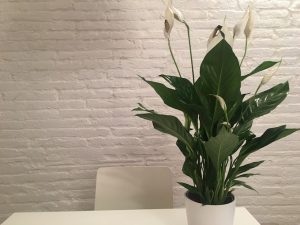
Peace Lily
Peace lilies are air-purification powerhouses. They filter benzene, formaldehyde, trichloroethylene, ammonia, and more from indoor air. An obvious upside to this plant is that they produce elegant white flowers in the early summer which remain throughout the year. These plants prefer shade and soil that is lightly moist through the entire year. Be careful with this one if you have pets or small children, though, because peace lilies are toxic when eaten.
Aloe Vera
You already know that the sticky substance inside aloe vera leaves is good to put on burns, but did you know that it also filters benzene and formaldehyde? Because it’s a succulent you can get away with forgetting to water it. And in fact, aloe vera prefers a dry soil most of the time. You can use cuttings of this plant to grow entirely new aloe vera plants, which is extremely cost-effective.
English Ivy
English ivy is another plant with an impressively long list of filtering abilities, including benzene, formaldehyde, trichloroethylene, xylene, and touluene. It prefers bright light, which helps it grow healthily and prevents pests. It’s also best to let the soil dry well between watering.
Ficus
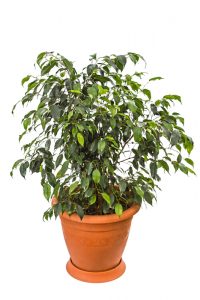 Ficuses are great for filtering formaldehyde from indoor air, and they only require weekly watering. It’s best to plant these in coarse soil that drains well, and you should be sure to remove any water that drains from the pot. Try to place the ficus near a window that gets a lot of sun in the summer time.
Ficuses are great for filtering formaldehyde from indoor air, and they only require weekly watering. It’s best to plant these in coarse soil that drains well, and you should be sure to remove any water that drains from the pot. Try to place the ficus near a window that gets a lot of sun in the summer time.
Dracena (sometimes spelled Dracaena)
There are many types of dracena, and some of the types are better at filtering different things. In general, you can expect dracena to protect you from benzene, formaldehye, and trichloroethylene. It’s also a great plant for rooms with few windows, as it prefers low light, and it can tolerate dry soil for extended periods if you forget to water it. These plants drop their leaves, though, so be prepared for a little clean up.

